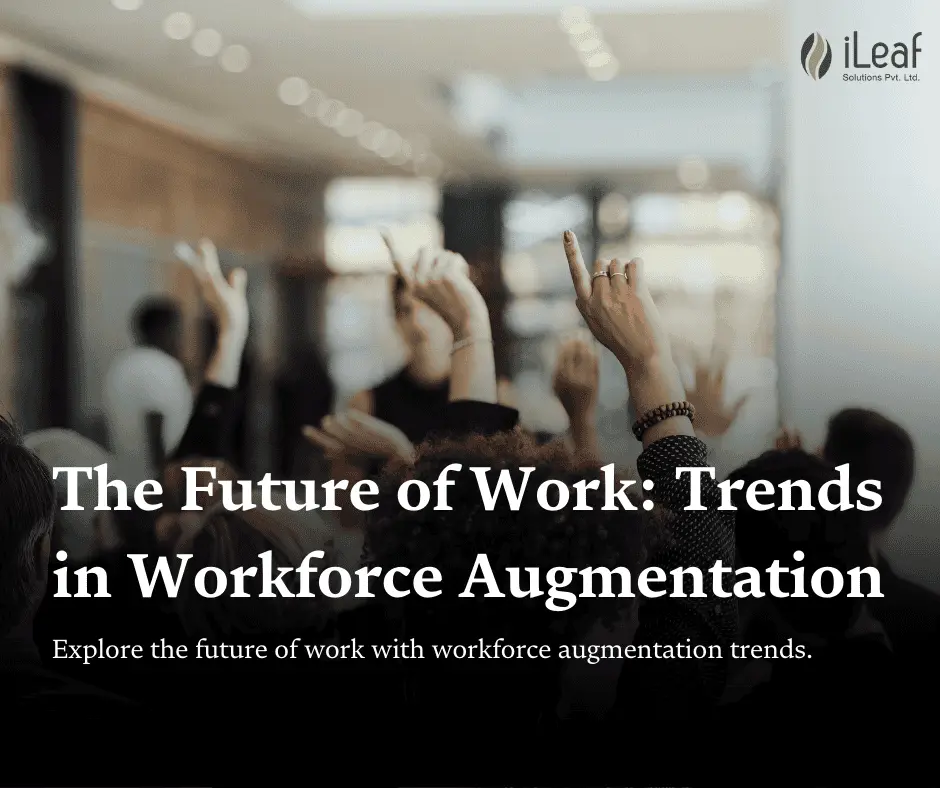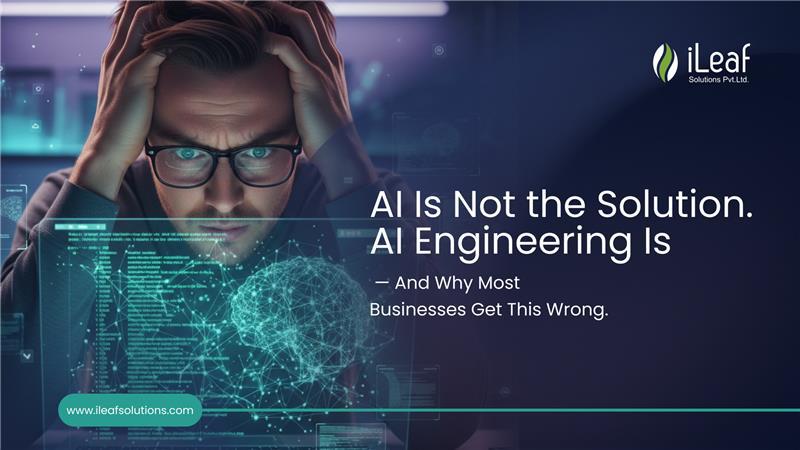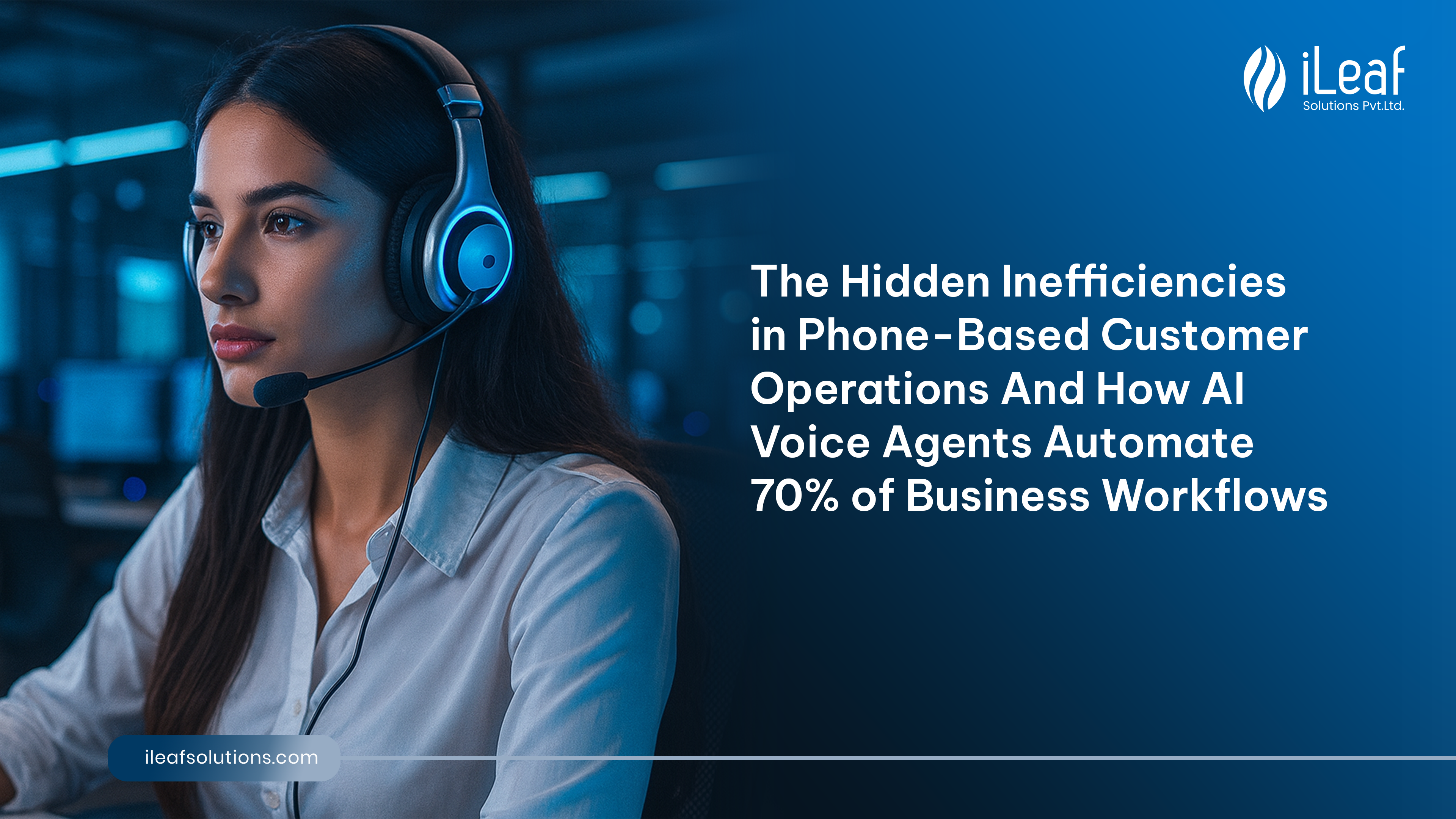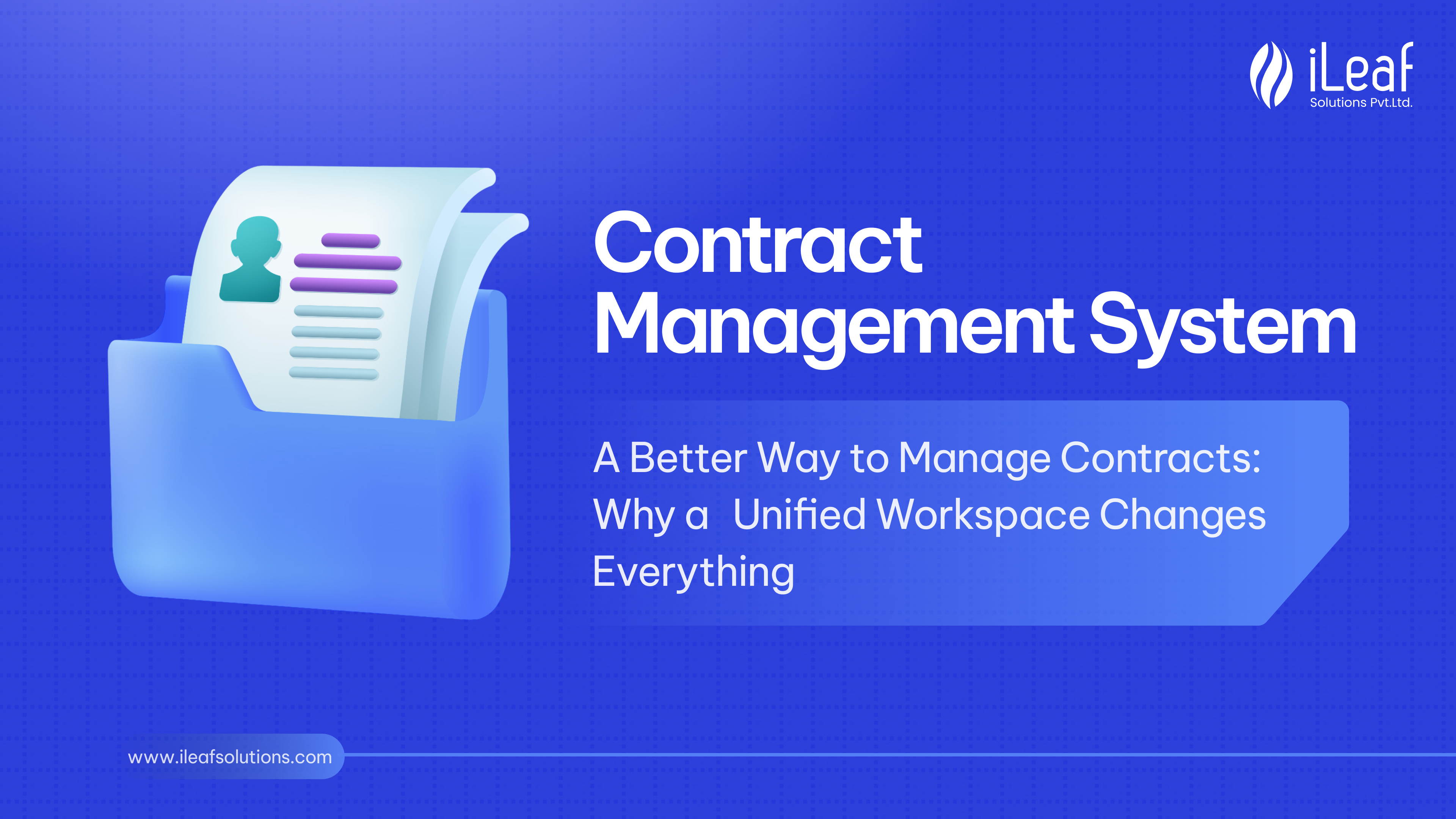The Future of Work: Trends in Workforce Augmentation

Overview
- Introduction
- 1. Generative AI: Transforming Job Functions and Workforce Dynamics
- 2. The Hybrid Work Model: Harmonizing Remote and Onsite Teams
- 3. Navigating Shifting Job Demands: From Healthcare to IT
- 4. Embracing Skills Over Credentials: The Rise of Skill-Based Hiring Practices
- 5. Future-Proofing Your Workforce Strategy: Adapting to Labor Market Dynamics
- Conclusion: Embracing Change in IT Employment Landscape Through Blended Workforce Models With Continuous Learning Mindset!
Introduction
The future of work is a seismic shift enabled through technological advancement, coupled with changing social dynamics. Workforce augmentation, therefore, deals with developing and implementing technologies to support, enhance, and sometimes replace human labor. The future of work is going to be really different from what we have been used to; hence, it's important that we understand the trends shaping this future.
1. Generative AI: Transforming Job Functions and Workforce Dynamics
Artificial Intelligence, in particular of a creative generation type that is capable of creating something new, will revolutionize the very concept of work-from automating routine to creative content creation. AI enhances human capabilities across a wide range of industries.
Routine Task Automation: AI can simplify processes through the automation of mundane and repetitive tasks, freeing up human resources to focus on more strategic and complex activities.

Content Generation: Generative AI can create everything from articles to code and even artwork, reducing the amount of time and effort put into the creation of content.
Personalization: AI can be applied to personalize experiences and products for customers, promoting customer satisfaction and loyalty.
As AI evolves, businesses need to evolve their workforce strategy in pursuit of realizing its potential while minimizing the risks of job displacement, among other risks.
2. The Hybrid Work Model: Harmonizing Remote and Onsite Teams
The pandemic accelerated this remote adoption and ushered in a hybrid work model, combining remote and in-person work. A shift of this nature strikes at the very core of workforce dynamics, forcing organizations to invest in tools and strategies that make collaboration effective and ensure the culture of the company remains intact. Increased flexibility and work-life balance are likely to improve employee satisfaction and productivity in the case of hybrid work.
Pitfalls of working remotely: Some of the challenges that need to be addressed by an organization include cohesiveness among the team members, effective communication, and avoidance of burnout.
Technological Infrastructure: Strong investment in technological infrastructure lays the base for seamless collaboration and communication between teams working remotely and teams working in physical locations.
3. Navigating Shifting Job Demands: From Healthcare to IT
As industries evolve, so do the sets of required skills. For example, the health sector has increasingly applied technology to the delivery of services and the management of patient outcomes. Meanwhile, the information technology industry is increasingly in greater need of cybersecurity experts and data scientists. Understanding these paradigmatic changes in job demands may be partly understood as literally necessary at individual and organizational levels to remain competitive.
Upskilling and Reskilling: Workers should continuously be upskilling and reskilling to meet the evolution of job requirements and maintain employability.
Lifelong Learning: It should be the responsibility of the organizations to provide a favorable work environment that encourages lifelong learning through building opportunities for employees to learn new skills and gain more knowledge.
Collaboration between Academia and Industry: Partnerships between academia and industries will help narrow the skill mismatch by aligning education better with the needs of industries.
4. Embracing Skills Over Credentials: The Rise of Skill-Based Hiring Practices
Traditional hiring methods tend to lean towards academic credentials, but with the dynamics in the job market being very rapid, skills-based hiring is taking over. Minimizing any prejudice to educational background, this approach takes center stage in evaluating what an individual can deliver on specific tasks. Opening the doors to organizations for skills-based hiring tends to promote a culture of diversified and adaptable workforces.
-
Diversity and Inclusion: This approach can promote diversity and inclusion by focusing on skills rather than traditional qualifications.
-
Continuous Assessment: Organizations must implement systems for ongoing assessment and development of employee skills to ensure they remain relevant and competitive.
5. Future-Proofing Your Workforce Strategy: Adapting to Labor Market Dynamics
The labour market is continuously undergoing changes that relate to technological changes, economic conditions, and demographic shifts. Given this fact, organizations future-proof their workforce strategy by early detection of emerging trends and adapt to those by investing in training and development of employees, creating innovative culture, and exploring newer avenues for talent acquisition.

Anticipating Future Trends: Organizations should stay informed about emerging technologies and industry trends to identify potential opportunities and challenges.
Strategic Workforce Planning: Developing a strategic workforce plan can help organizations align their talent strategy with their business objectives.
Building a Resilient Workforce: A resilient workforce is one that can adapt to change and overcome challenges. Organizations should foster a culture of resilience and adaptability.
Conclusion: Embracing Change in IT Employment Landscape Through Blended Workforce Models With Continuous Learning Mindset!
Organizations are better poised for future success when they understand and accept the workforce augmentation trends. This blended workforce model combines human expertise with technological capabilities while it commits to continuous learning in this new landscape.
Ready for the future of work? Partner with iLeaf Solutions to create a customized workforce augmentation strategy. Our experts can help you leverage technologies that amplify worker capabilities and drive business outcomes.
Contact us today for more information.














